Day 3-028
6 hrs, 3
.9 kms
The landscape changes as I continue west. The lush green is now replaced by semi-arid scrub covering the mountainous landscape, interrupted occasionally by fertile irrigated valleys. It actually looks identical to the scenery I experienced for 8 years living in Northwest Mexico.
If I let my mind wander for just a few moments, I soon drift off and imagine myself riding the bus up through the Sonoran desert. The people's physique looks a little different--but other than that everything's the same. Really, Dominican Republic feels more mainland Latin America than "Caribbean". Last year I explored 5 Caribbean island countries, and on each of these islands you know your in the Caribbean... the sea dominates every aspect of life. Not here.
I look for other subtle distinctions of this culture. Dominican's typically are dark skinned, but with a bit more European facial features. I notice that almost all the women straighten their naturally curly hair
. I read up on it later and learn that, yes, this is distinctly a Dominican thing, as straight hair is considered more classy and presentable. I wonder if it's because Dominicans identify more with Latin American cultures and most Latin Americans (being of Spanish and Indian descent) have straight hair. Dominicans perhaps subconsciously want to be part of "that club" and try to mask their African heritage.
I notice that anyone who is just a little darker than average is automatically refered to as "moreno" or "morena" (dark skinned) it doesn't seem to be intended as an insult.... just a habit and no one seems to take offense. Sometimes I'm refered to as "rubio" or fair-skinned.
On a bus near the Haitian border, the police get on and say "todos los morenos alistan sus papeles!" (all the dark skinned people get your papers ready!) Obviously this would cause an uproar if said in the United States... but here it's perfectly normal.
Dominicans are quieter and more serious than other Caribbean cultures
. Most folks are reasonably polite--although not nearly as polite as, say, Costa Ricans.
The houses, however, gradually shift from mainly cinderblock to a more Caribbean feel--some are basic wood frames with horizontal slats and tin roofs... others hav a woven stick frame with a cement mix covering it. Farming is clearly king in these parts. I wonder how many of the folks toiling out in the fields are Dominicans and how many are Haitians. I do see some workers that appear to be Dominicans, but asking people later I learn that this is the exception.
"Nowadays Dominicans don't want to do farm work or work in construction--they own the land but Haitians do all the hard work."
Finally I reach the city of San Juan. At the entrance to the city there's a monument with a tall statue of an Indian. Not many monuments to the original natives--so I'd better take advantage of this one. It is quite an impressive statue, with the fellows hand reaching out with a gesture "Stop! don't come here!" Around there are various bas relief images of life in pre-Colombian DR
. Behind is another statue of an African in chains being brought on a boat... and on the side a contrasting image with a Biblical figure reaching out, bringing the "good news"
It is nice to see a bit more balanced and honest depiction of Dominican Republic's painful history.
Heading into town, I soon realize that this is not the only monument here. In fact, San Juan has undergone a major makeover since Matthew and I stopped here in 2006. There's another plaza dedicated to a professor--with benches shaped like giant books... another plaza set up for people to deliver speeches (with a camera crew getting ready)... There's a huge, life size manger scene and arch leading towards downtown... a brand new indoor shopping center... more statues built alongside the bridge with a giant mural with scenes from the region as a backdrop.
What's going on here? Well, there's a poster that offers a clue
. It shows the current mayor (a lady) surrounded by images of all these new city projects, with clear message: "re-elect me... I get stuff done"
Clearly this city did have an ambitious mayor, eager to leave her mark on the city... But I wonder, at what cost? Should these funds have been spend on more important stuff? My thoughts go back to Azerbaijan, where their dictator has had big parks and monuments built in every city... while at the same time, all the factories are shutting down and most of the streets are still unpaved.
Anyways, I won't be too skeptical--just enjoy finally coming across a more photogenic town.
With elections coming, most of the billboards show various candidates running for local or national office. I do notice a good mix of people--men, women... folks of more Spanish ancestry and folks of more African ancestry. Unlike many Latin American countries where those of European descent still hold the financial and political power.
2063 San Juan's Makeover
Thursday, January 07, 2016
![]() San Juan de la Maguana, Dominican Republic
San Juan de la Maguana, Dominican Republic
Other Entries
-
12059 A Disturbing Welcome to Dominican Republic
Jan 061 day prior Santo Domingo, Dominican Republicphoto_camera23videocam 0comment 0
Santo Domingo, Dominican Republicphoto_camera23videocam 0comment 0 -
22060 Getting my Pineapple Fix
Jan 061 day prior San Cristobal, Dominican Republicphoto_camera10videocam 0comment 0
San Cristobal, Dominican Republicphoto_camera10videocam 0comment 0 -
32061 The Murals of Bani
Jan 061 day prior Baní, Dominican Republicphoto_camera8videocam 0comment 0
Baní, Dominican Republicphoto_camera8videocam 0comment 0 -
42062 Party on the Plaza
Jan 061 day prior Azua, Dominican Republicphoto_camera8videocam 0comment 0
Azua, Dominican Republicphoto_camera8videocam 0comment 0 -
52063 San Juan's Makeover
Jan 07San Juan de la Maguanaphoto_camera37videocam 0comment 0 -
62064 Approaching the Border
Jan 07later that day Las Matas de Farfán, Dominican Republicphoto_camera1videocam 0comment 0
Las Matas de Farfán, Dominican Republicphoto_camera1videocam 0comment 0 -
72065 Remembering the Crazy 2006 Crossing
Jan 07later that day Elias Pina, Dominican Republicphoto_camera6videocam 0comment 0
Elias Pina, Dominican Republicphoto_camera6videocam 0comment 0 -
82066 Joined by a Local Musician
Jan 081 day later Barahona, Dominican Republicphoto_camera16videocam 0comment 0
Barahona, Dominican Republicphoto_camera16videocam 0comment 0 -
92067 A Quiet Corner of the Country
Jan 081 day later Neiba, Dominican Republicphoto_camera3videocam 0comment 0
Neiba, Dominican Republicphoto_camera3videocam 0comment 0 -
102068 A Tempting Hike
Jan 081 day later Villa Jaragua, Dominican Republicphoto_camera7videocam 0comment 0
Villa Jaragua, Dominican Republicphoto_camera7videocam 0comment 0 -
112069 The Local Swimming Hole
Jan 081 day later La Descubierta, Dominican Republicphoto_camera5videocam 0comment 0
La Descubierta, Dominican Republicphoto_camera5videocam 0comment 0 -
122070 Hitching a Ride to the Border
Jan 081 day later Jimaní, Dominican Republicphoto_camera1videocam 0comment 0
Jimaní, Dominican Republicphoto_camera1videocam 0comment 0 -
132071 Finally, Haiti
Jan 092 days later Port-au-Prince, Haitiphoto_camera7videocam 0comment 0
Port-au-Prince, Haitiphoto_camera7videocam 0comment 0 -
142072 Haiti's Magical Swimming Hole
Jan 103 days later Jacmel, Haitiphoto_camera61videocam 0comment 0
Jacmel, Haitiphoto_camera61videocam 0comment 0 -
152073 Northern Haiti
Jan 114 days later Gonaïves, Haitiphoto_camera6videocam 0comment 0
Gonaïves, Haitiphoto_camera6videocam 0comment 0 -
162074 Starting to love the Country
Jan 125 days later Cap-Haïtien, Haitiphoto_camera21videocam 0comment 0
Cap-Haïtien, Haitiphoto_camera21videocam 0comment 0 -
172075 The Biggest Castle in the Americas
Jan 125 days later Milot, Haitiphoto_camera94videocam 0comment 0
Milot, Haitiphoto_camera94videocam 0comment 0 -
182076 Reentry to the DR
Jan 136 days later Santiago, Dominican Republicphoto_camera60videocam 0comment 0
Santiago, Dominican Republicphoto_camera60videocam 0comment 0 -
192077 An Amazing Swim-hike
Jan 147 days later Damajagua, Dominican Republicphoto_camera61videocam 0comment 0
Damajagua, Dominican Republicphoto_camera61videocam 0comment 0 -
202078 Finally, a relaxing Concert
Jan 147 days later Imbert, Dominican Republicphoto_camera8videocam 0comment 0
Imbert, Dominican Republicphoto_camera8videocam 0comment 0 -
212079 A Tale of Two Beaches
Jan 158 days later Puerto Plata, Dominican Republicphoto_camera62videocam 0comment 0
Puerto Plata, Dominican Republicphoto_camera62videocam 0comment 0 -
222080 Kite Surfing Capital
Jan 158 days later Cabarete, Dominican Republicphoto_camera4videocam 0comment 0
Cabarete, Dominican Republicphoto_camera4videocam 0comment 0 -
232081 A Chat with the Undertaker
Jan 158 days later Gaspar Hernandez, Dominican Republicphoto_camera6videocam 0comment 0
Gaspar Hernandez, Dominican Republicphoto_camera6videocam 0comment 0

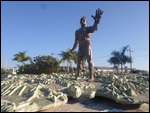
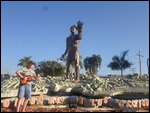

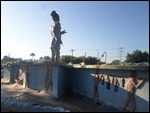



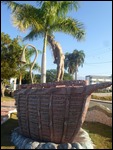
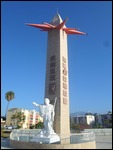
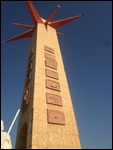
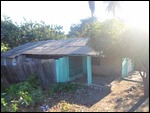
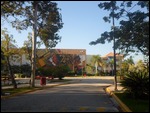
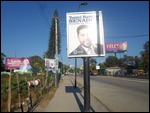
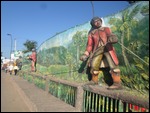
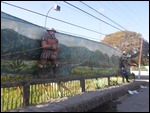
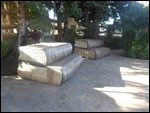
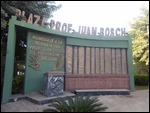
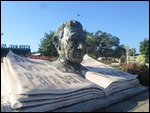
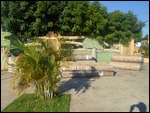
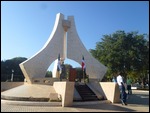
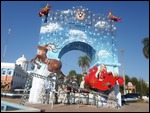
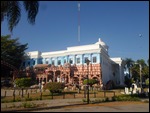
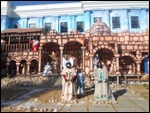
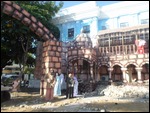
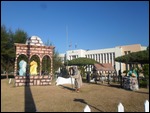
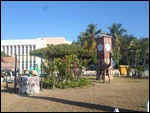
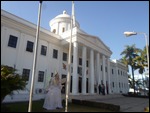
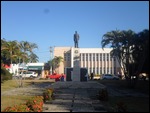

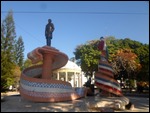
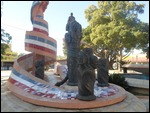
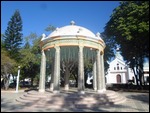
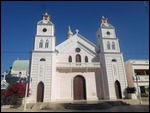
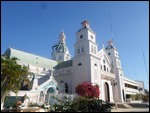
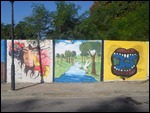
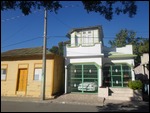
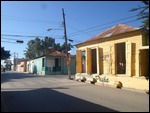
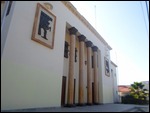

2025-05-23